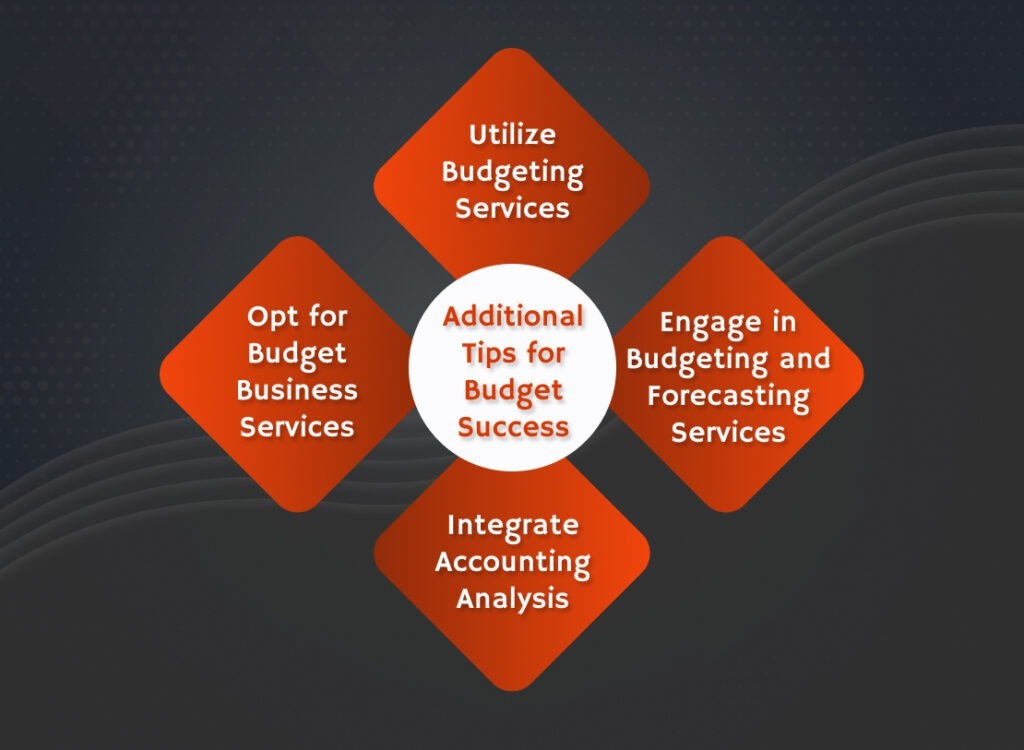A well-structured budget is a cornerstone for success. It serves as a roadmap, guiding businesses through financial uncertainties and enabling informed decision-making. This guide outlines six essential steps for building a winning business budget, emphasizing the importance of clear goals, accurate financial assessments, and proactive monitoring.
Step 1: Set Clear Goals and Objectives
Setting clear and measurable goals is the foundational step in building a winning business budget. These goals should align with the overall strategic vision of the company and provide a roadmap for financial planning. Whether it’s achieving a specific revenue target, expanding market share, or improving profitability, well-defined objectives act as guiding principles throughout the budgeting process. Clarity in goals allows businesses to allocate resources effectively and ensures that every aspect of the budget contributes to overarching success.
Step 2: Assess Current Financial Situation
Before embarking on budget creation, a comprehensive assessment of the current financial situation is essential. This involves a detailed review of past financial performance, analyzing income and expenses, and identifying areas of strength and weakness. Understanding the historical context provides valuable insights into the financial health of the business, helping to make informed decisions during the budgeting process. This step sets the stage for realistic budgeting, allowing businesses to capitalize on strengths and address weaknesses proactively.
Step 3: Estimate Revenue and Income
Accurate revenue and income estimation is a critical aspect of building a successful business budget. Businesses need to project sales, consider various income streams, and account for market trends and potential challenges. Leveraging historical data and market research enhances the precision of these projections. A well-informed revenue estimate serves as the cornerstone for budget creation, enabling businesses to set achievable financial targets and allocate resources effectively.
Step 4: Outline Operating Expenses
Identifying and categorizing operating expenses is a crucial step in the budgeting process. Businesses must distinguish between fixed and variable expenses, allocating resources judiciously for essential costs. Fixed costs, such as rent and salaries, remain constant, while variable costs, such as utilities and raw materials, fluctuate based on business activities. A meticulous outline of operating expenses ensures that every aspect of the business is accounted for, contributing to the accuracy and comprehensiveness of the budget.
Step 5: Create a Realistic Cash Flow Forecast
Developing a realistic cash flow forecast is vital for effective financial management. This involves creating a month-by-month projection of cash inflows and outflows. By monitoring and anticipating cash movements, businesses can proactively manage liquidity, ensuring they have the necessary funds to meet obligations and seize opportunities. Planning for seasonal fluctuations and economic uncertainties enhances the resilience of the business, providing a proactive approach to cash flow management.
Step 6: Monitor, Evaluate, and Adjust
The final step in the budgeting process is a continuous cycle of monitoring, evaluation, and adjustment. Regular reviews compare actual performance against budgeted figures, allowing businesses to identify variances and analyze the reasons behind them. This ongoing assessment provides valuable insights into the effectiveness of the budget and the overall financial health of the business. Based on this feedback, businesses can make informed adjustments to the budget, adapting to changing circumstances and optimizing financial outcomes.
Also Read : Why Financial Analysis Is Essential For Your Business In 2024
Additional Tips for Budget Success
In addition to the core steps outlined above, businesses can enhance their budgeting process with the following tips:

Utilize Budgeting Services:
Consider leveraging specialized budgeting services to streamline the process. These services often include advanced tools and expertise, helping businesses create more accurate and comprehensive budgets.
Engage in Budgeting and Forecasting Services:
Embrace the power of forecasting by incorporating it into your budgeting process. Forecasting services enable businesses to anticipate future trends and challenges, making the budgeting process more proactive and strategic.
Opt for Budget Business Services:
Explore budget business services that cater specifically to the unique needs of your industry. Tailored services can provide industry-specific insights and benchmarks, contributing to a more targeted and effective budget.
Integrate Accounting Analysis:
Integrate thorough accounting analysis into your budgeting process. This involves a detailed examination of financial statements, helping businesses identify areas for improvement and make informed financial decisions.
Conclusion
Building a winning business budget is a multifaceted process that requires careful planning and continuous attention. By following the six essential steps outlined in this guide and incorporating additional tips such as budgeting services and accounting analysis, businesses can create a robust financial plan that not only guides day-to-day operations but also positions them for long-term success. Remember, a well-constructed budget is a dynamic tool that evolves with the business, adapting to changing circumstances and ensuring financial resilience.
Mastering the art of budgeting is pivotal for business success. Vteam’s budget planning service ensures precision in goal setting, financial assessment, and strategic foresight. Let us be your financial partner, guiding you through these steps seamlessly. Enhance your business with our expert budget planning services today!
